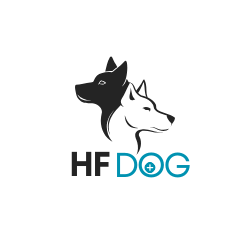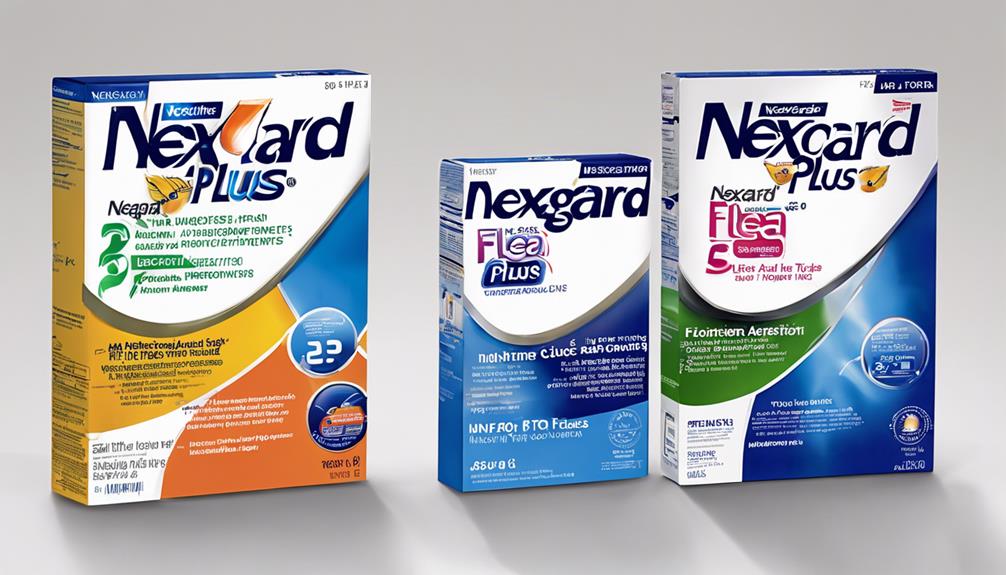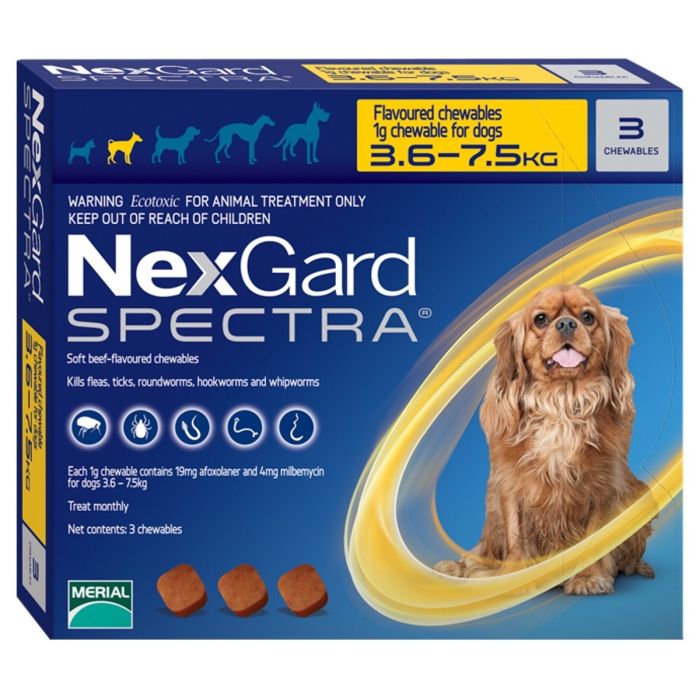Nexgard Vs Trifexis Comparision
In the realm of canine parasite prevention, the debate between Nexgard vs Trifexis continues to intrigue pet owners seeking the best protection for their furry companions. Both medications offer distinct advantages in targeting specific pests, but nuances in their efficacy and FDA approvals demand careful consideration. As pet owners navigate this decision-making process, factors such as regional parasite prevalence and individual pet health profiles come into play, influencing the choice between these two leading products. The ultimate question remains: which one truly reigns supreme in safeguarding our beloved pets against the perils of parasites?
Key Takeaways
- Nexgard targets ticks and fleas, while Trifexis focuses on heartworm and intestinal worms.
- Nexgard kills 100% of fleas and ticks within 24 hours; Trifexis eliminates fleas within 4 hours.
- Nexgard is FDA-approved for preventing Lyme disease infections.
- Both require veterinary approval and are not for breeding, pregnant, or lactating dogs.
- Choose based on pet’s needs, parasite prevalence, costs, and veterinary advice.
Key Differences in Targeted Parasites
When comparing Nexgard and Trifexis, a crucial distinction lies in the parasites each medication targets. Nexgard is primarily designed to eliminate ticks and fleas, offering protection against external parasites that can harm pets. On the other hand, Trifexis focuses on targeting internal parasites such as heartworm, hookworm, roundworm, and whipworm.
While Nexgard kills 100% of fleas and ticks within 24 hours using Afoxoflaner, Trifexis starts eliminating fleas in just 30 minutes and eradicates all within 4 hours through the combination of Spinosad and Milbemycin Oxime. Additionally, Nexgard is FDA-approved for preventing Lyme disease infections, further highlighting the specific targeted parasites and effectiveness of each medication.
Prescription and Usage Guidelines
Prescription and Usage guidelines for both Trifexis and Nexgard necessitate veterinary approval before administration to ensure the safety and efficacy of the treatment. It is crucial that pet owners consult with a veterinarian to obtain a prescription for either medication.
These products are not evaluated for use in breeding, pregnant, or lactating dogs. Additionally, there are no feline versions of Trifexis or Nexgard available.
Veterinarians can provide detailed information on potential side effects, necessary precautions, and any special care instructions that may be required. It is essential to follow the guidance of a veterinary professional when considering the use of Trifexis or Nexgard for your pet’s parasite prevention needs.
Comparative Efficacy and FDA Approval
In the realm of parasite prevention for pets, a comparison of the efficacy and FDA approval status of Trifexis and Nexgard reveals distinct characteristics and targeted benefits.
Nexgard, containing Afoxoflaner, is FDA-approved for preventing Lyme disease infections and kills 100% of fleas and ticks within 24 hours. In contrast, Trifexis, with Spinosad and Milbemycin Oxime, starts killing fleas in 30 minutes and eliminates all within 4 hours.
Both medications require a veterinarian’s prescription and are not evaluated for breeding, pregnant, or lactating dogs. While Trifexis focuses on internal parasites like heartworms, Nexgard targets external parasites like ticks and fleas, offering pet owners flexibility in selecting the most suitable parasite prevention treatment for their furry companions.
Considerations for Choosing Between Products
Considering the unique characteristics and targeted benefits of Trifexis and Nexgard, pet owners must carefully evaluate their pets’ specific needs to make an informed decision on the most suitable parasite prevention treatment. Trifexis focuses on internal parasites like heartworms, while Nexgard targets external parasites such as ticks and fleas. Both products require a veterinarian’s prescription and approval for use.
While Nexgard is FDA-approved for preventing Lyme disease infections, Trifexis starts killing fleas in 30 minutes and eliminates all within 4 hours. Pet owners may choose between the two based on their pet’s requirements, regional parasite prevalence, and consultation with veterinarians for guidance. The costs for Nexgard and Trifexis are similar, and some owners may opt to switch between the two products as needed.
Frequently Asked Questions
Can Trifexis Be Used on Cats or Other Pets Besides Dogs?
Trifexis is specifically formulated for dogs and should not be used on cats or other pets. It is essential to consult a veterinarian for proper advice on suitable treatments for different animals based on their specific health needs.
Are There Any Known Drug Interactions With Trifexis or Nexgard?
There are no known drug interactions specific to Trifexis or Nexgard. However, it is always advisable to consult with a veterinarian before administering any new medications to your pet to ensure their safety and well-being.
How Long Does a Pack of Trifexis or Nexgard Last For?
A pack of Trifexis or Nexgard typically lasts for one month. Both medications are administered orally as a single monthly dose to protect pets against various parasites. Consult with a veterinarian for specific dosage instructions and guidance.
Are There Any Natural Alternatives to Trifexis and Nexgard?
For pet owners seeking natural alternatives to Trifexis and Nexgard, options like essential oils, herbal remedies, and homemade repellents may offer potential solutions. Consulting with a veterinarian can provide guidance on safe and effective alternatives.
What Should I Do if My Pet Vomits After Taking Trifexis or Nexgard?
If your pet vomits after taking Trifexis or Nexgard, contact your veterinarian immediately. It could be due to various reasons, including sensitivity or intolerance. Do not administer another dose without consulting a professional for guidance and next steps.
Conclusion
In conclusion, Nexgard and Trifexis are both effective prescription medications for protecting dogs from parasites, with Nexgard targeting ticks and fleas, and Trifexis focusing on heartworm and intestinal worms.
Both medications require veterinary approval and offer unique benefits in terms of parasite coverage and speed of action.
Pet owners should consult with their veterinarian to determine the best option based on their pet’s specific needs and regional parasite prevalence.








